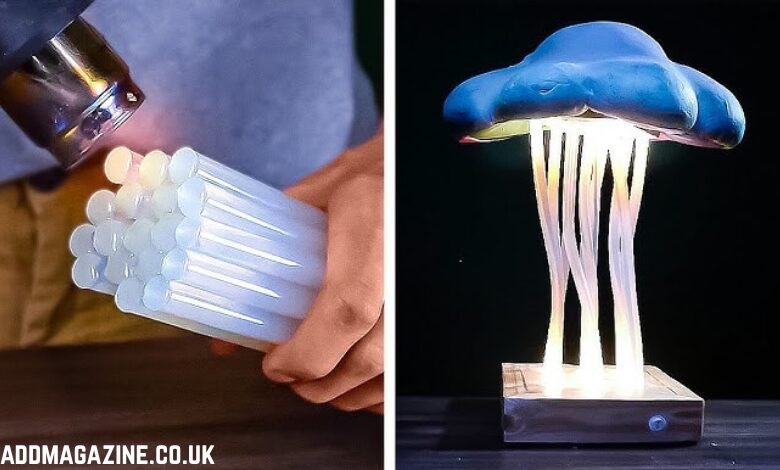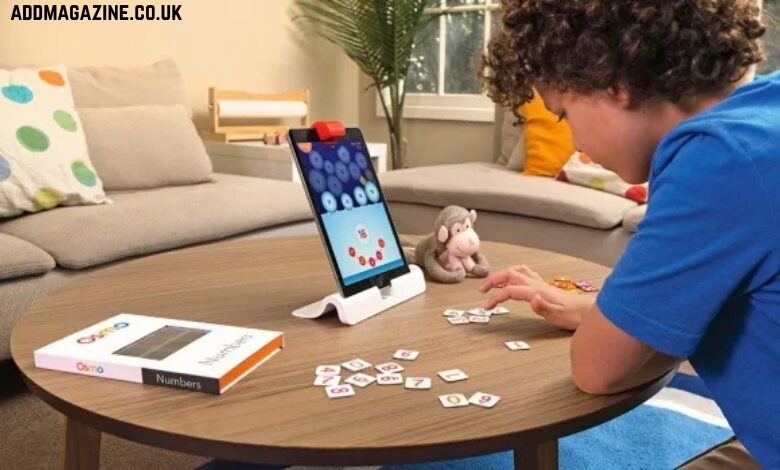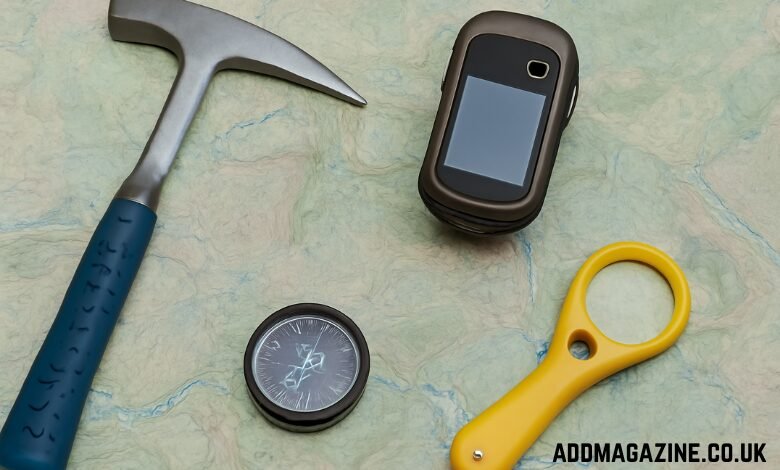For teachers and parents alike, few tools inspire creativity as simply — and cleanly — as glue sticks. They’re small, safe, and endlessly versatile, turning everyday materials into art, science models, and learning aids. Whether you’re planning a hands-on classroom activity or a rainy-day craft session at home, glue sticks make DIY projects accessible for every age group. Best of all, they keep things neat, sustainable, and stress-free — no spills, no fumes, no sticky chaos.
Here are some fun, educational, and eco-friendly project ideas that show just how powerful a little twist of glue can be.
1. Class Collages: Learning Through Layers
Collage-making is a timeless classroom favourite because it encourages teamwork, creativity, and problem-solving — all while reinforcing key topics.
What you’ll need:
- Glue sticks (non-toxic and washable)
- Old magazines, newspapers, or scrap paper
- Scissors
- Large sheet of card or recycled cardboard
How to do it:
- Choose a theme — it could be “Our Environment,” “Healthy Living,” or “Dream Destinations.”
- Have students work in groups to find and cut images or words that fit the topic.
- Use glue sticks to arrange and secure pieces in layers, experimenting with patterns, colour, and text.
- Once complete, display each collage in the classroom for a vibrant visual gallery.
Why it works: Collages turn abstract ideas into something tangible. The tactile process of cutting and sticking helps young learners retain information, and glue sticks make it neat enough to manage in any classroom.
2. Science Models: Bringing Lessons to Life
Who says science has to stay inside the textbook? Using glue sticks, students can construct simple models that make abstract concepts easier to grasp.
Ideas to try:
- Solar Systems: Cut out coloured circles to represent planets and glue them in order on black construction paper. Label each one with fun facts.
- Animal Habitats: Build mini dioramas using recycled boxes, paper trees, and clay animals.
- Body Systems: Layer cut-outs of organs on paper silhouettes to create 3D human anatomy charts.
Because glue sticks dry fast and clear, there’s no waiting time or messy puddles — just quick, creative learning. Plus, they’re safe for younger students to handle independently.
3. Handmade Notebooks: Learning the Joy of Making
This activity combines creativity with practicality, teaching students how to make something useful from scratch.
What you’ll need:
- Recycled A4 sheets or paper offcuts
- Decorative card for covers
- Hole punch
- Ribbon or yarn
- Glue sticks
How to do it:
- Stack your pages neatly and fold them in half to form a booklet.
- Use the hole punch to create two holes along the fold.
- Thread ribbon or yarn through and tie in a bow to bind.
- Decorate the cover with drawings, magazine cutouts, or class-themed stickers — secured, of course, with glue sticks.
Why it works: Students get a sense of ownership by creating something personal. These mini notebooks can become gratitude journals, spelling logs, or sketchbooks. They also promote sustainability by reusing scrap paper instead of buying new.
4. Storyboards and Comic Strips: Visual Storytelling Made Simple
Glue sticks are perfect for creative writing projects where imagination meets design.
Steps:
- Have students plan a short story or poem.
- Divide paper into panels (like a comic strip) or story frames.
- Draw, colour, and cut out characters, speech bubbles, or props.
- Use glue sticks to arrange each element in sequence.
This tactile form of storytelling helps visual learners connect ideas, structure plots, and develop fine motor coordination. It’s also a fantastic group activity, encouraging collaboration between writers and illustrators.
5. Recycled Art Challenges: Eco-Friendly Creativity
A great way to combine art with environmental awareness, recycled crafts teach students the value of reusing materials creatively.
Project ideas:
- Bottle Cap Mosaics: Collect used caps and arrange them on cardboard to create colourful wall art. Glue sticks help hold light pieces before sealing with stronger adhesive if needed.
- Paper Sculptures: Roll and glue recycled paper into coils to form animals, vases, or abstract shapes.
- Upcycled Collages: Use packaging, receipts, or flyers to tell visual stories about sustainability.
These projects reinforce green values while proving that art doesn’t need new materials — just imagination and teamwork.
6. Interactive Classroom Displays
Teachers can use glue sticks to turn lessons into interactive installations. Create rotating bulletin boards where students add weekly contributions — a “Word of the Week” wall, a “Kindness Pledge” poster, or a “Cultural Festival” map.
Because glue sticks are quick to apply and dry cleanly, displays stay neat and can be easily updated throughout the year. Encourage students to take turns managing the wall — it builds pride, ownership, and presentation skills.
7. Seasonal Crafts and Celebrations
Holidays are the perfect excuse for creativity. From winter snowflakes to spring flowers and cultural festivals, glue sticks can handle it all.
- Autumn: Leaf rubbings and paper pumpkins.
- Winter: Snowflake garlands and handmade cards.
- Spring: Flower collages and recycled Easter decorations.
- Summer: “Memories of the Year” scrapbooks with photos and messages.
Because glue sticks are easy to control, they’re ideal for large groups — less waste, less mess, and plenty of fun.
8. Why Teachers Love Glue Sticks
Teachers appreciate glue sticks for the same reason parents do: they’re predictable. They glide on cleanly, dry quickly, and rarely cause the chaos that liquid glues bring. Younger children can use them safely without supervision, and older students appreciate their precision for projects and displays.
Modern glue sticks are also increasingly eco-friendly, made with recycled casings and plant-based adhesives. They’re washable, non-toxic, and even refillable — making them as kind to the planet as they are to the classroom.
In short, they’re the unsung heroes of craft time: practical, affordable, and quietly brilliant.
9. A Small Tool with Big Impact
At first glance, a glue stick might seem like just another stationery item — but in the hands of a curious child, it becomes a bridge between imagination and reality. From science models to art journals, glue sticks empower students to think with their hands and create something they can be proud of.
For teachers and parents, they’re not just about sticking materials together — they’re about sticking ideas, creativity, and teamwork together too.
So the next time you’re stocking up on classroom essentials, don’t overlook that unassuming little tube. Because when it comes to hands-on learning, glue sticks really do hold it all together.




